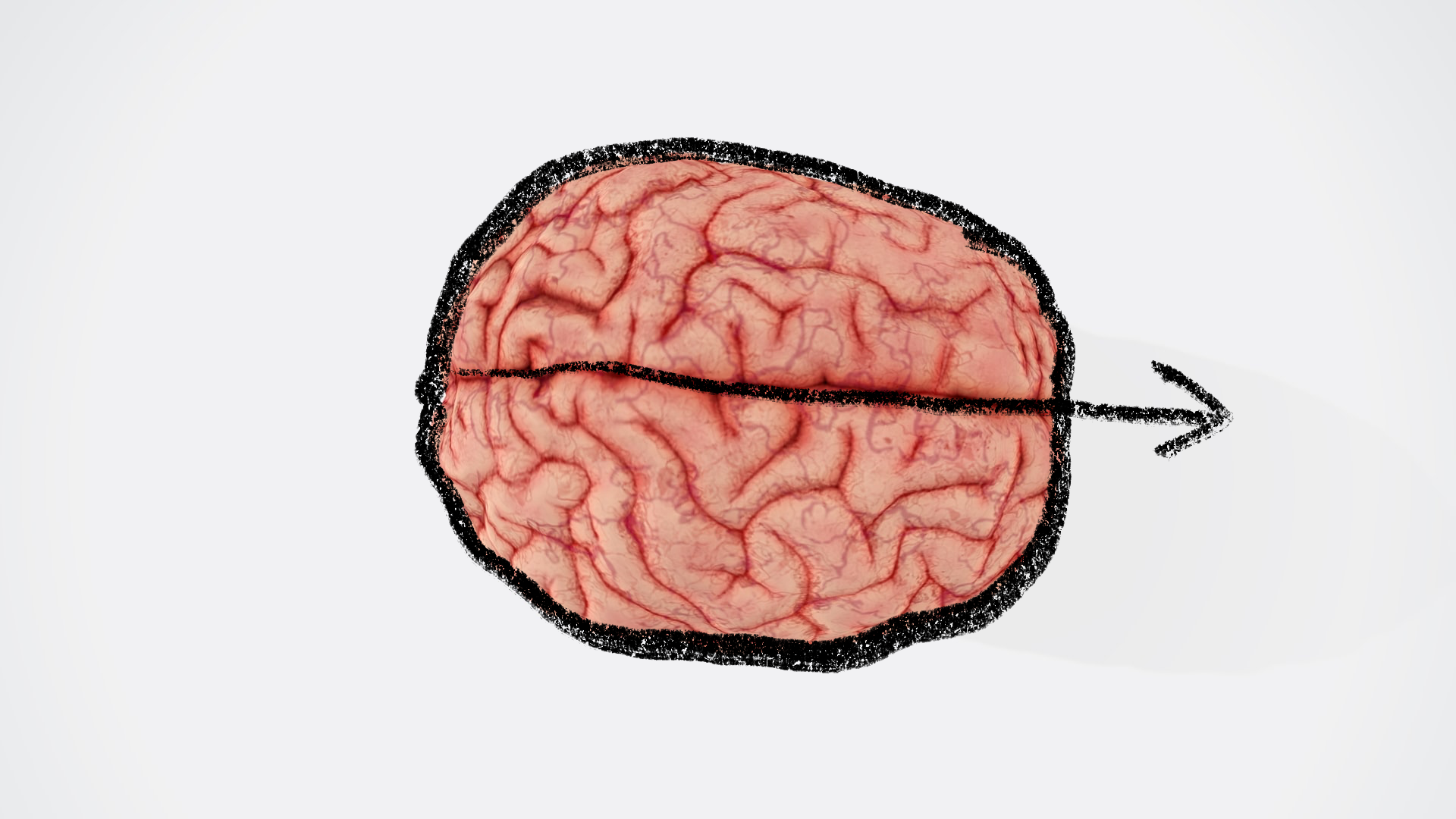Saved by Lillian Sheng and
The Neuroscience of Achieving Your Goals
For certain goals and skills, knowing how to use the 85% rule to achieve an optimal rate of improvement is straightforward. It’s working at a level of challenge where 85% of your code is clean, 85% of your darts, pucks, and balls hit their targets, and perhaps you get one word wrong in every sentence of a new language.
every.to • The Neuroscience of Achieving Your Goals
Procrastinate with Other Tasks Here’s why some pre-task multitasking can work:“It probably reflects some adaptive mechanism where you use action and somewhat varied multitasking action in order to generate adrenaline in your system, because adrenaline just gets you into action.”
every.to • The Neuroscience of Achieving Your Goals
Basal Ganglia - One job is to generate “GO” actions: Get out of bed. Go for a run. Say hello to the cute stranger. Start writing. Go, do, act. Job #2 is about “NO GO.” Most goals also require you to NOT do certain things—to resist or suppress action. Stop eating the cookies. Do not open TikTok. Resist calling your colleague a moron.
every.to • The Neuroscience of Achieving Your Goals
Make A Plan A specific goal is better than a vague goal. But in the quest to set the perfect goal, we often miss one crucial detail—all goals are surprisingly useless without a certain type of plan.
every.to • The Neuroscience of Achieving Your Goals
Outsmart Your Obstacles Taking the time to identify potential obstacles ahead of time and then planning out how to defeat them can make you happier and more productive.
every.to • The Neuroscience of Achieving Your Goals
Bilateral Prefrontal Cortex - Like any good CEO, your BLPFC helps you make plans, think across different timescales, and override habitual behavior—essential functions for goal setting.
every.to • The Neuroscience of Achieving Your Goals
PART II - GOAL PURSUIT
every.to • The Neuroscience of Achieving Your Goals
In other words, you should be failing about 15% of the time despite your best efforts. Why? Because it’s at this level of difficulty that you unleash peak motivation, focus, and growth.
every.to • The Neuroscience of Achieving Your Goals
Assessing Value - When your brain is assessing value it is calculating the rewards and punishments associated with taking or avoiding a specific course of action and ultimately decides which actions are worth pursuing.
